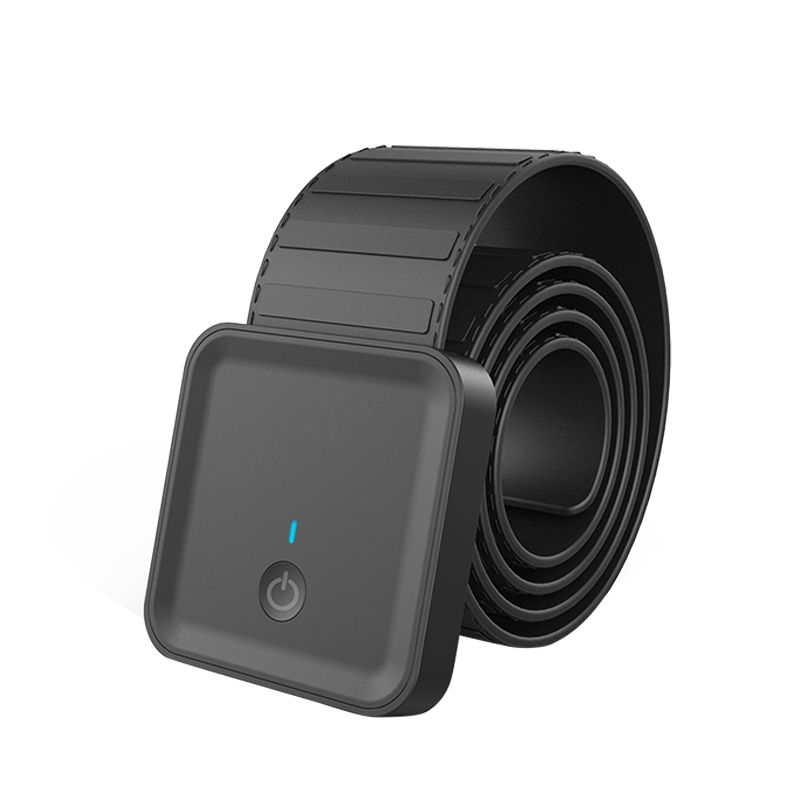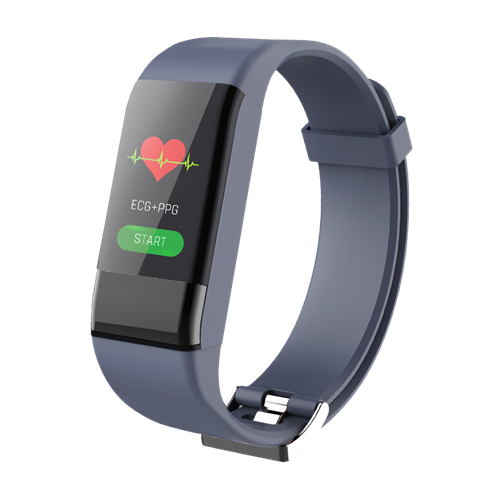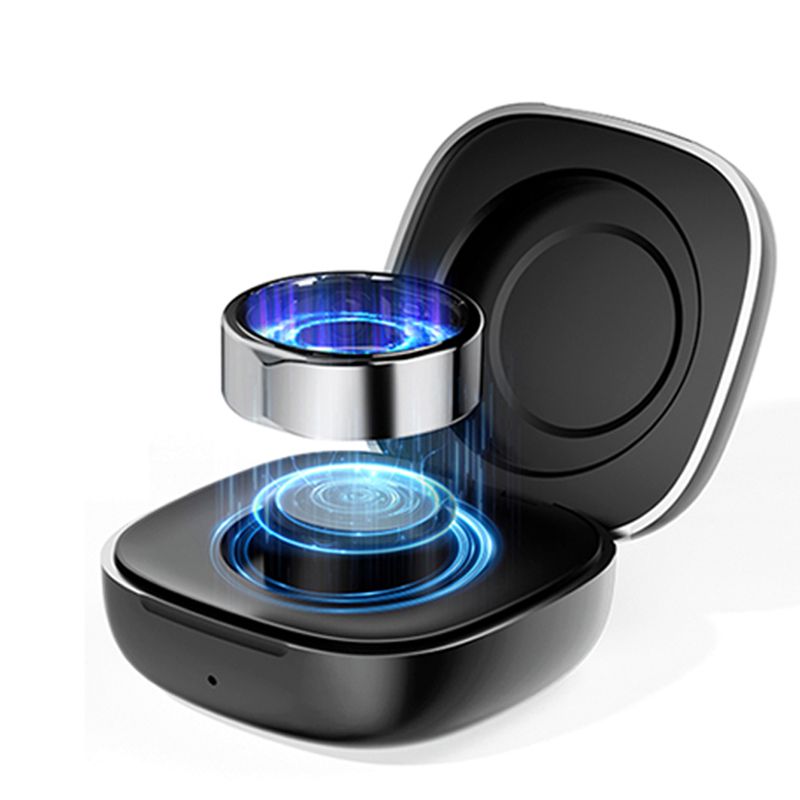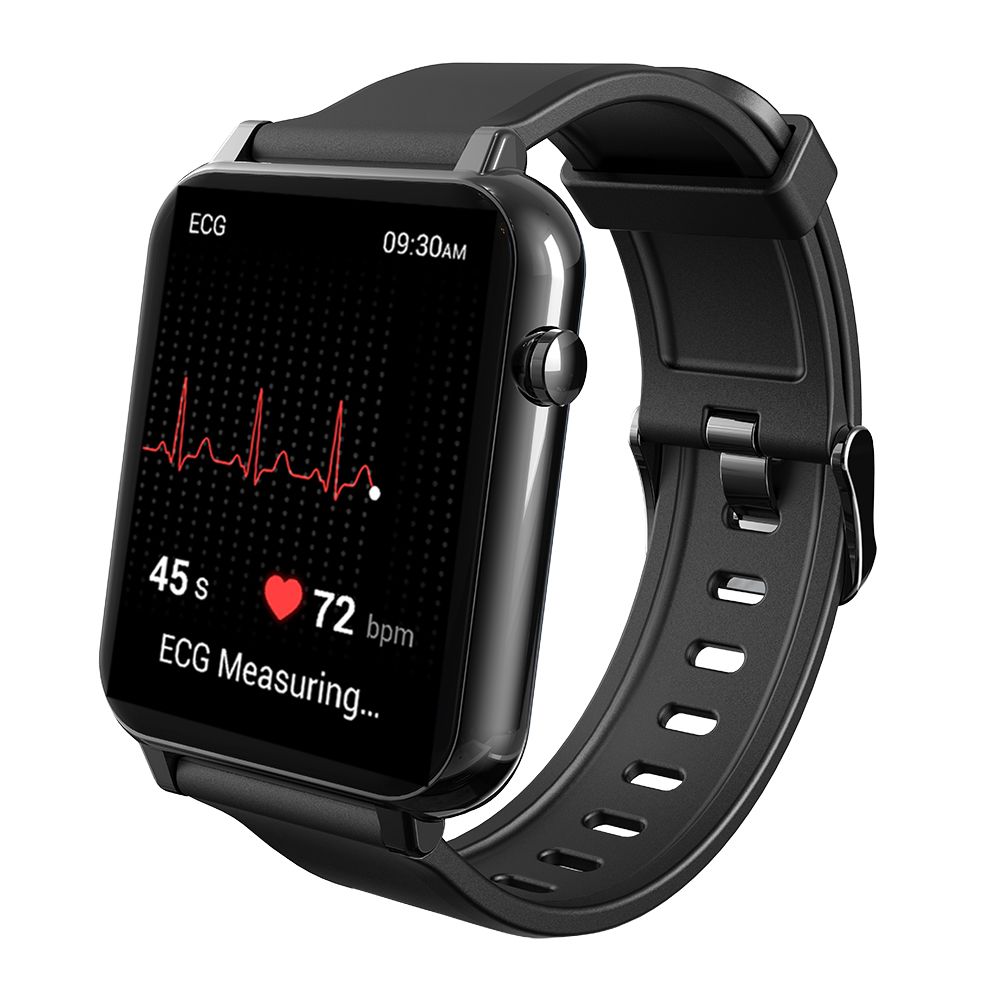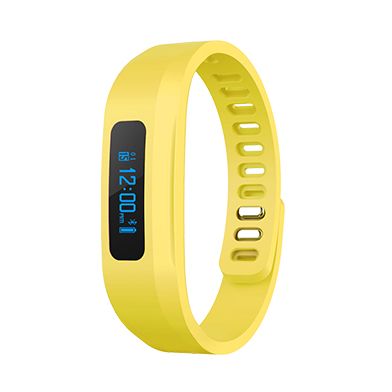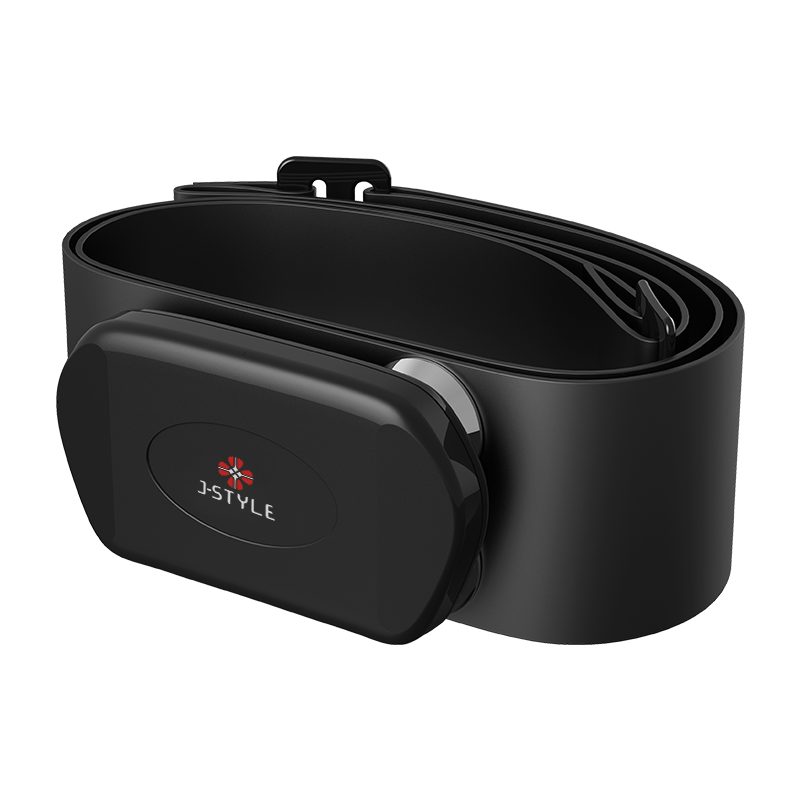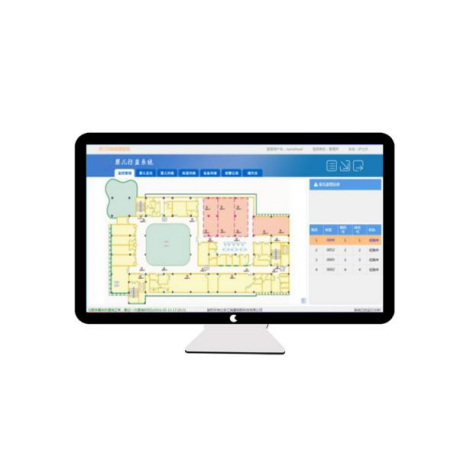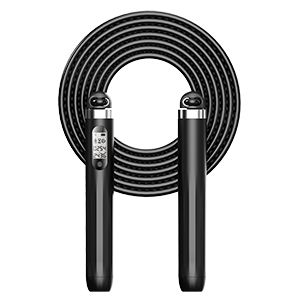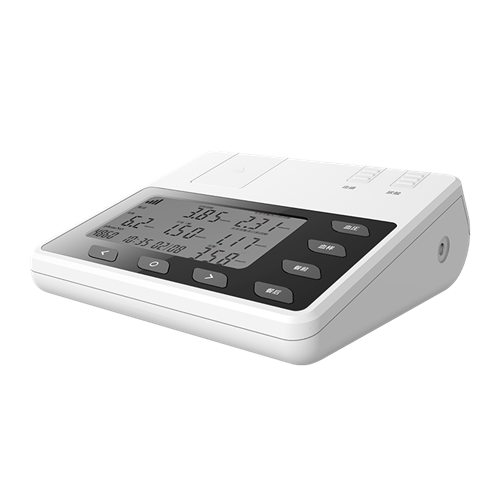In the rapidly growing world of wearable technology, smart rings are emerging as compact, stylish, and powerful devices for health monitoring, fitness tracking, and lifestyle management. Whether you're a first-time buyer, a tech enthusiast, or a B2B distributor exploring OEM/ODM smart ring solutions, understanding the key terminology is crucial to making informed decisions.
This glossary explains the essential terms associated with smart rings—from sensors to connectivity protocols, biometric metrics to AI-powered analytics. Equip yourself with the vocabulary you need to compare products, interpret specifications, and evaluate functionality with confidence.
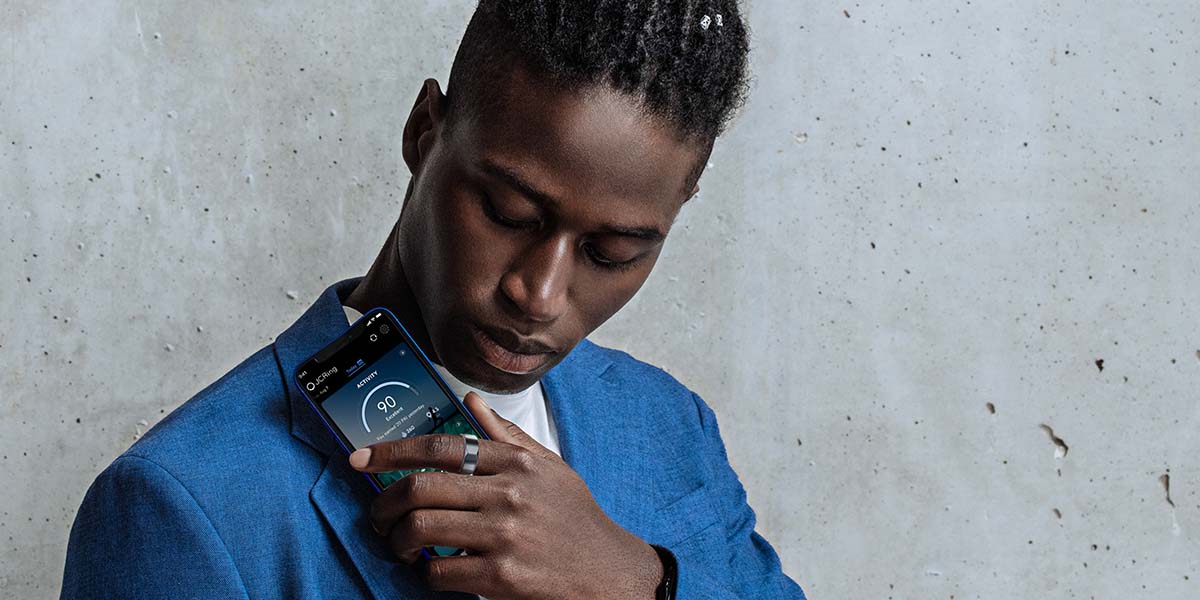
1. Smart Ring
A smart ring is a compact wearable device worn on the finger that integrates sensors and electronic components to track various physiological and behavioral metrics. It typically offers features like heart rate monitoring, sleep tracking, blood oxygen analysis, and even NFC-based payments, all while maintaining a sleek, jewelry-like form.
2. Biometric Sensor
A biometric sensor collects data from the body, such as heart rate, blood oxygen (SpO₂), or body temperature. Smart rings may include multiple types of biometric sensors to enable health tracking in a non-intrusive way.
Common Smart Ring Biometric Sensors:
● PPG Sensor (Photoplethysmography): Used to measure heart rate and SpO₂.
● NTC Thermistor: Measures skin temperature trends.
● ECG Sensor: Detects electrical heart activity (less common, mostly medical-grade).
● EDA Sensor: Measures electrodermal activity, often related to stress.
3. Sleep Tracking
Smart rings often include advanced sleep tracking features, analyzing:
● Sleep stages (light, deep, REM)
● Sleep duration
● Sleep onset time
● Resting heart rate during sleep
● Movement and wake periods
Advanced rings like the J-STYLE JCing X6 provide cloud-based sleep reports and AI insights.
4. Heart Rate (HR) Monitoring
Smart rings continuously track your heart rate throughout the day and during sleep. Real-time heart rate data can help detect early warning signs of stress, fatigue, or irregular rhythms. Medical-grade rings may offer clinical-level accuracy comparable to chest straps or pulse oximeters.
5. Blood Oxygen (SpO₂)
SpO₂, or blood oxygen saturation, measures the percentage of oxygenated hemoglobin in your blood. It’s crucial for evaluating respiratory health, especially during sleep (e.g., detecting sleep apnea risks).
6. HRV (Heart Rate Variability)
HRV refers to the variation in time between heartbeats. It’s a key indicator of your autonomic nervous system balance, commonly used for:
● Stress monitoring
● Recovery evaluation
● Sleep quality insights
Smart rings like the JCing X3 track HRV with medical-grade sensors.
7. Body Temperature Trends
Smart rings do not typically show exact temperature values, but rather analyze temperature deviation trends to:
● Detect menstrual cycles
● Signal early illness
● Monitor baseline shifts over time
8. Accelerometer
A 3-axis accelerometer is used to detect motion and orientation. It helps smart rings track:
● Daily activity (steps, calories)
● Movement during sleep
● Gestures (e.g., double-tap commands)
9. Bluetooth Low Energy (BLE)
Smart rings use BLE to sync with smartphones or cloud platforms. BLE ensures low power consumption while enabling real-time data transfer.
10. Cloud Platform Integration
Many smart rings upload data to a cloud-based dashboard or mobile app. Cloud platforms offer:
● Long-term data storage
● AI-generated insights
● Access for third-party services (e.g., telehealth)
J-STYLE’s cloud system enables personalized health coaching and remote data management.
11. BIA (Bioelectrical Impedance Analysis)
BIA technology analyzes body composition using electrical signals. Some smart bands (and potentially future smart rings) use BIA to estimate hydration, fat percentage, or muscle mass.
12. EDA (Electrodermal Activity)
EDA measures skin conductance, which changes with emotional arousal. Smart rings that track EDA can estimate stress levels, emotional patterns, and mental fatigue.
13. NFC (Near-Field Communication)
NFC enables contactless payment or access control. Some smart rings include NFC chips, making them an alternative to cards or smartphones for making secure transactions.
14. Companion App
A mobile app that connects with the smart ring to:
● View metrics
● Adjust settings
● Receive coaching or alerts
● Set personal goals
For example, JCRING/JCVital App offers real-time performance analysis, adaptive training plans, and wellness tips.
15. OTA Update (Over-the-Air)
OTA updates allow firmware enhancements or bug fixes to be delivered wirelessly to the smart ring, improving functionality and adding features without needing hardware changes.
16. Clinical Validation
Some smart rings (like JCing X3) undergo clinical validation in collaboration with hospitals and medical institutions. This ensures that the collected data meets medical-grade accuracy standards.
17. Data Privacy & Encryption
As smart rings handle sensitive health data, end-to-end encryption and secure cloud storage are essential. Reputable brands comply with:
● GDPR (Europe)
● HIPAA (U.S. healthcare privacy)
● Local data protection laws
18. Battery Life
Battery life varies depending on features, ranging from 3 to 7+ days. Ultra-low power sensors and efficient chipsets are key to longer operation time.
19. Ring Size Options
Unlike wristbands, rings must fit perfectly. Smart rings typically come in multiple sizes (e.g., sizes 6–14), with sizing kits or adjustable bands available for accurate fitting.
20. OEM / ODM
For B2B buyers, OEM (Original Equipment Manufacturing) and ODM (Original Design Manufacturing) options let you:
● Customize the smart ring's design or features
● Rebrand under your own logo
● Develop niche-specific health tracking devices
J-STYLE offers full-service OEM/ODM solutions for brands, retailers, and medical tech companies.
Conclusion: Know the Language, Buy with Confidence
Understanding these smart ring terms gives you an edge—whether you're a personal user, product manager, or distributor. As the smart ring market grows across the globe, from consumer wellness to medical-grade applications, knowing what features matter—and what the jargon means—can help you choose (or build) the right product.
Need a smart ring for your brand?
Explore J-STYLE’s OEM/ODM services for smart rings that combine cutting-edge design, AI analytics, and clinically validated health data solutions.
